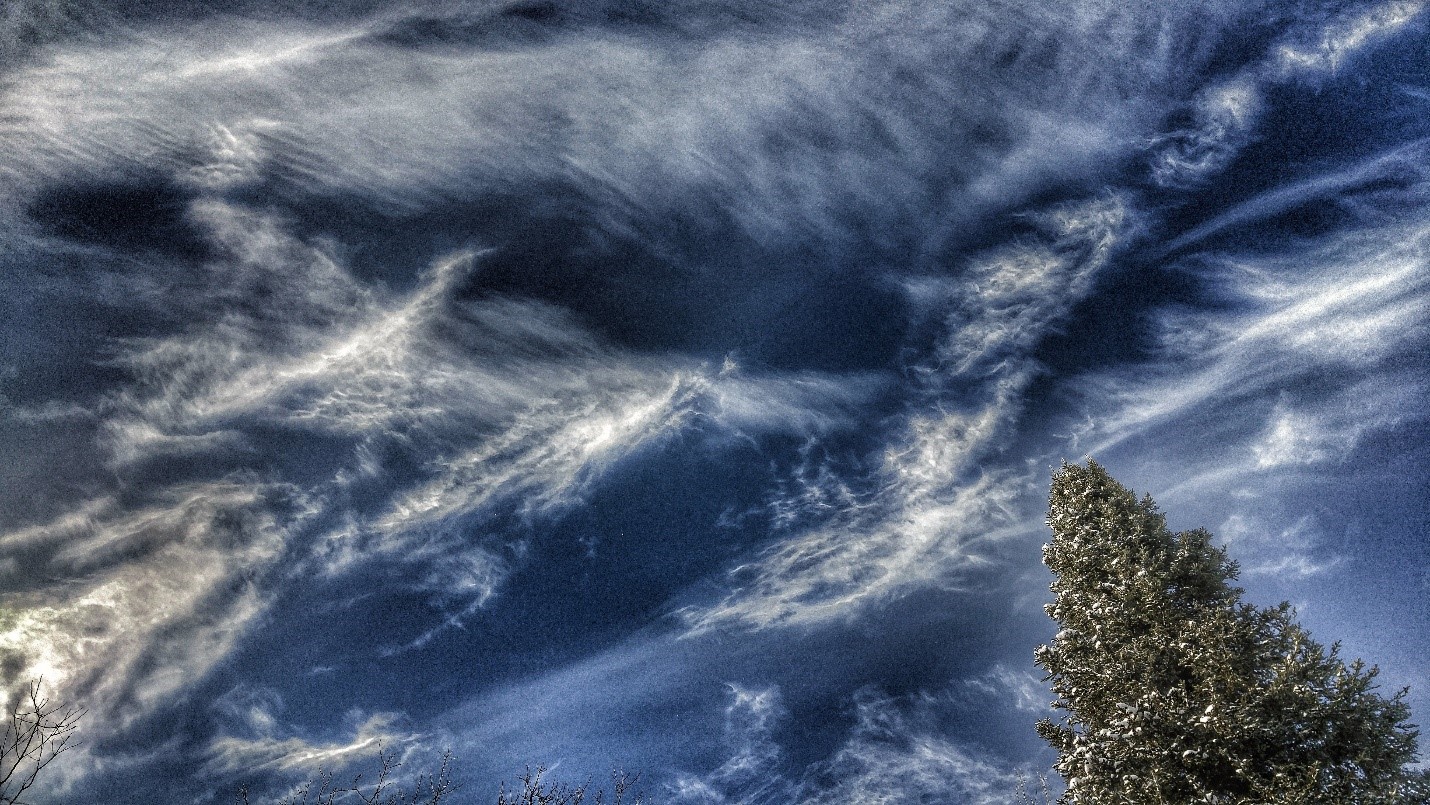A new route to studying how aerosols form ice crystals
Submitter:
Fast, Jerome D — Pacific Northwest National Laboratory
Area of research:
Cloud-Aerosol-Precipitation Interactions
Journal Reference:
Science
Atmospheric clouds, which contain a combination of small liquid droplets and frozen crystals, influence our weather and climate. Clouds are made up of unfrozen liquid droplets, supercooled water droplets, and/or ice crystals, depending on the altitude in the atmosphere. Effectively modeling atmospheric clouds requires understanding the fractions of these two water phases and the frozen fraction at various sub-freezing temperatures. An ice nucleation chamber instrument measures the freezing efficiency by testing supercooled droplets composed of ice nucleating particles for the formation of ice crystals. This study explored a new method of operating the ice chamber to increase the confidence in measuring the contributions of liquid droplets versus ice crystals in clouds.
Impact
This study demonstrates an alternative approach for obtaining high-quality data on how efficiently ice forms on aerosol particles, also known as ice nucleating particles (INPs). The new method allowed researchers to obtain high-temporal-resolution INP data and increased the detection limits for measuring INPs. The high-quality measurements of the various INP freezing efficiencies can then be parameterized to model the ice fraction of ice-containing clouds. These constrained estimates of the cloud fraction can help increase the accuracies of the estimated effects of aerosols and clouds on the future climate.
Summary
Ice nucleation chambers are commonly used aerosol instruments that measure the concentration of ice nucleating particles in the atmosphere. This study presents a new and better method for operating an ice nucleation chamber based on the continuous flow diffusion chamber principle. The upper section of the chamber operates at a high supersaturation under elevated supercooling conditions and researchers altered the freezing section of the chamber, commonly used to evaporate droplets, enabling it to actively cool droplets to the selected freezing temperature. The modified chamber, referred to as a modified compact ice chamber, maximizes aerosol activation to droplets and detects frozen droplets with greater certainty. Current cloud models poorly represent these ice fractions, but the new measurements would enable better estimates that increase certainties for understanding the influence of clouds on climate. The method investigates immersion freezing—the dominant ice nucleation mechanism in the atmosphere—at various supercooled temperatures. Researchers evaluated its performance using several ice nucleating particle materials. The new method reproduced published data from a recent ice nucleation workshop and past laboratory data for both standard and airborne ice-nucleating particles. Researchers investigated the morphology of particles at the Environmental Molecular Sciences Laboratory microscopy facility. The laboratory experiments were performed at the Cloud Chamber facility, Karlsruhe Institute of Technology, Germany, and at the Atmospheric Measurements Laboratory facility.


